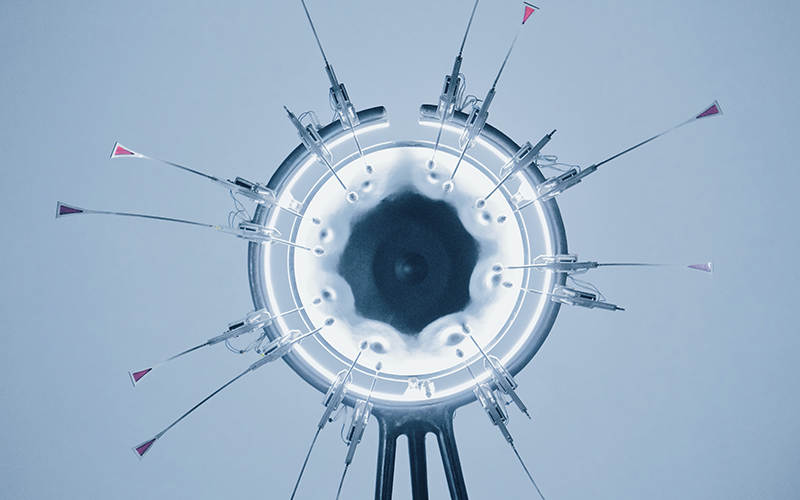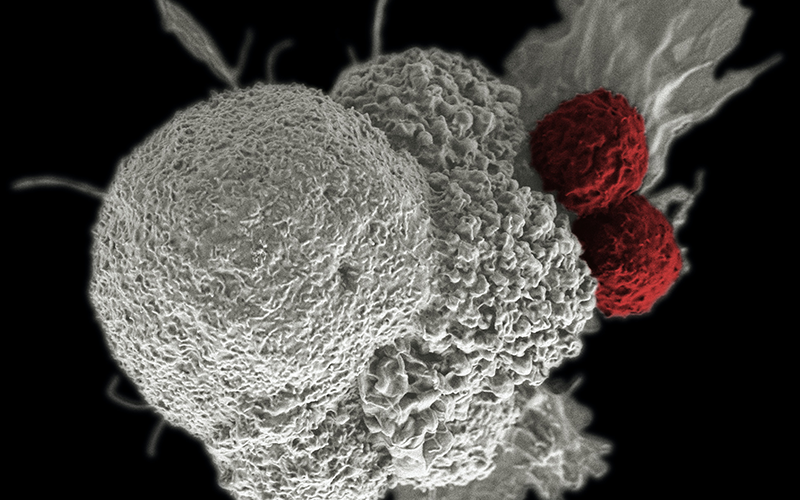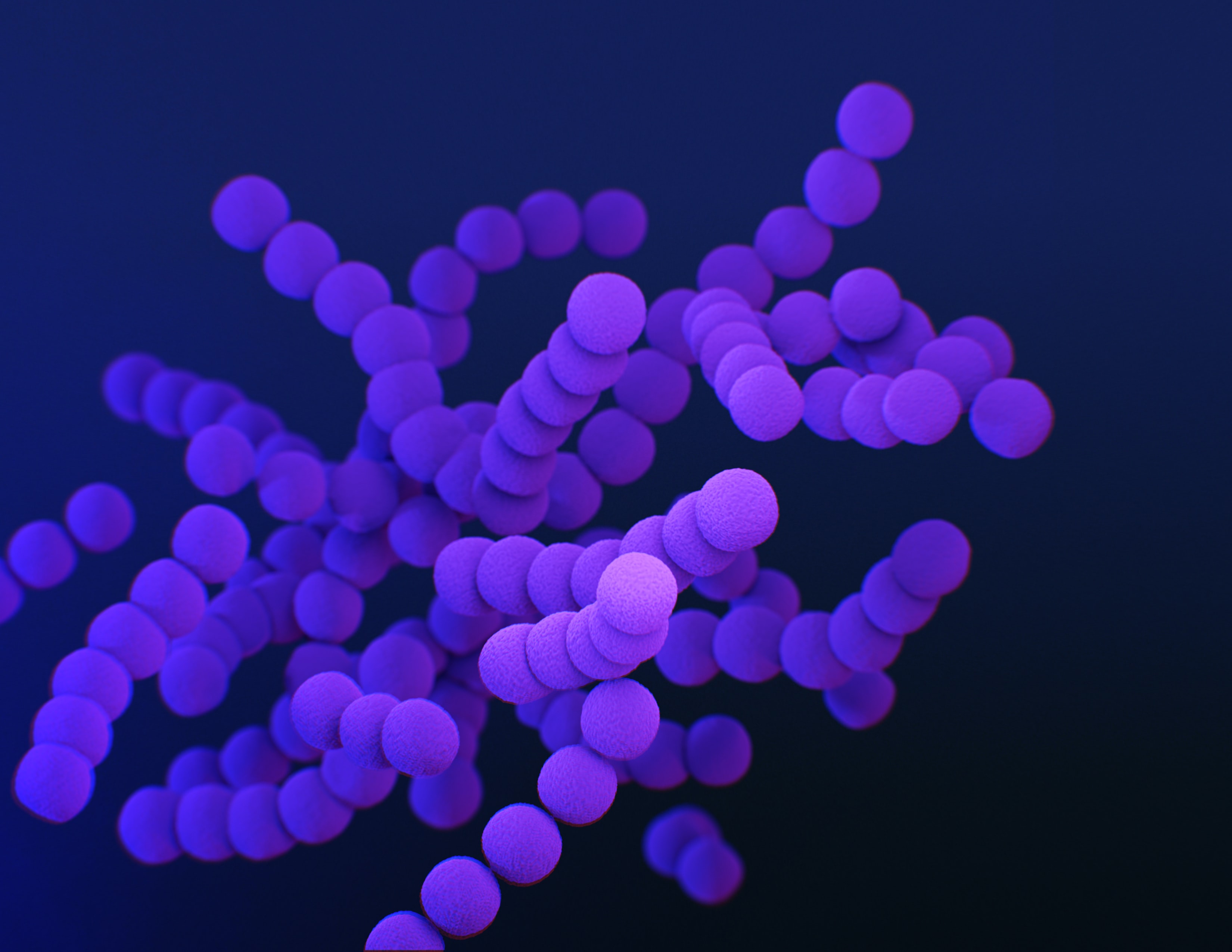Hiroshi Fukuda
Department of Radiology, Tohoku Medical and Pharmaceutical University, Sendai 983-8536, Japan; hirofuku@tohoku-mpu.ac.jp; Tel.: +81-22-290-8781
Abstract: BNCT is a radiotherapeutic method for cancer treatment that uses tumor-targeting 10B-compounds. BNCT for cutaneous melanoma using BPA, a phenylalanine derivative, was first initiated by Mishima et al. in 1987. This article reviews the radiobiological basis of melanoma control and damage to normal tissues as well as the results of clinical studies. Experimental studies showed that the compound biological effectiveness (CBE) values of the 10B (n, α) 7Li reaction for melanoma control ranged from 2.5 to 3.3. The CBE values of the 10B (n, α) 7Li reaction for skin damage ranged from 2.4 to 3.7 with moist desquamation as the endpoint. The required single radiation dose for
controlling human melanoma was estimated to be 25 Gy-Eq or more by analyzing the 50% tumor control dose data of conventional fractionated radiotherapy. From the literature, the maximum permissible dose to human skin by single irradiation was estimated to be 18 Gy-Eq. With respect to the pharmacokinetics of BPA in patients with melanoma treated with 85–350 mg/kg BPA, the melanoma-to-blood ratio ranged from 2.1–3.8 and the skin-to-blood ratio was 1.31 ± 0.22. Good local tumor control and long-term survival of the patients were achieved in two clinical trials of BNCT conducted in Japan. ;/



